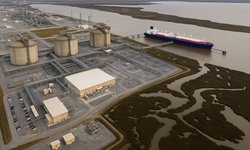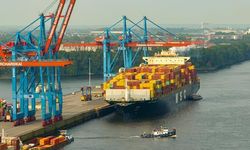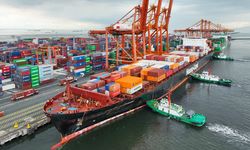These recommendations were presented following a summit in Copenhagen attended by representatives from shipping companies, fuel producers, authorities, and the Minister for Industry, Business and Financial Affairs. The summit emphasized that a collaborative effort and political commitment are essential to ensure that the shipping industry's ambitious climate goals are realized. A significant portion of the solution must be addressed at the European level.
While Danish shipping companies are prepared to invest in new vessels and green fuels, they expect to predominantly operate on green fuels only after 2035, according to a survey conducted by Danish Shipping. This delay is primarily due to the current lack of available green fuels. Substantial investments are required across the entire value chain—from renewable energy and green fuel producers to shipping companies that currently lack the necessary green fuels to power their fleets.
Danish Shipping stresses the need for international climate regulations for shipping in order to create stronger incentives for green operations. In this context, Danish Shipping recently convened the Minister for Industry, Business and Financial Affairs along with key representatives from the entire value chain to address the urgent situation. The organization also urged the Danish government to prioritize this agenda at the European level and bring it to the negotiating table within the EU.
Anne H. Steffensen, CEO of Danish Shipping, highlighted the critical nature of the situation: “We face a pivotal moment in our pursuit of climate-neutral shipping by 2050. We cannot afford to wait any longer for more affordable and accessible alternatives to fossil fuels. We urgently need much larger volumes of green fuels to power our ships. Every part of the value chain understands the gravity of the situation and is ready to act. Now, we must collectively ensure that good intentions lead to real action.”
The recommendations put forward by Danish Shipping include:
- A diplomatic push for ambitious global shipping regulations within the International Maritime Organization (IMO).
- Financial support schemes in both Denmark and the EU to support the green transition of the shipping sector.
- The need for strategic partnerships in green fuel production.
- Expanding renewable energy production.
Furthermore, Danish Shipping has urged the Danish government to:
- Prioritize a diplomatic offensive for global shipping regulations within the IMO.
- Focus on scaling up the production of green fuels for the maritime industry.
- Allocate a larger share of revenue from the EU Emissions Trading System (EU ETS) to support the green transition of the shipping sector, specifically targeting the acceleration of green fuel production.
- Establish financial support schemes for the green transition, including dedicated funds for scaling up green fuel production.
- Develop strategic partnerships with selected countries to produce green fuels.
- Prioritize green shipping cooperation in the North and Baltic Seas, including establishing concrete green shipping routes.
- Create a PtX (Power-to-X) strategy for shipping, as outlined in Denmark’s 2021 PtX strategy.
- Fulfill Denmark’s renewable energy ambitions, as outlined in the political agreement “Danmark kan mere II.”
- Ensure the necessary infrastructure is in place at relevant ports to support the green transition in shipping, based on the recommendations of the Danish Havnepartnerskab (Port Partnership).
Steffensen concluded: “The shipping sector accounts for three percent of global CO₂ emissions. Without a significant ramp-up in green fuel production, achieving a green transition is simply impossible—and we will fail to comply with existing regulations. Moreover, there is a substantial risk of becoming overly dependent on countries like China, which is currently far ahead of the EU in green fuel production, similar to its dominance in solar and wind industries.”
Realizing these ambitious goals will require massive investments and close collaboration between industries and authorities, both nationally and at the European level.






